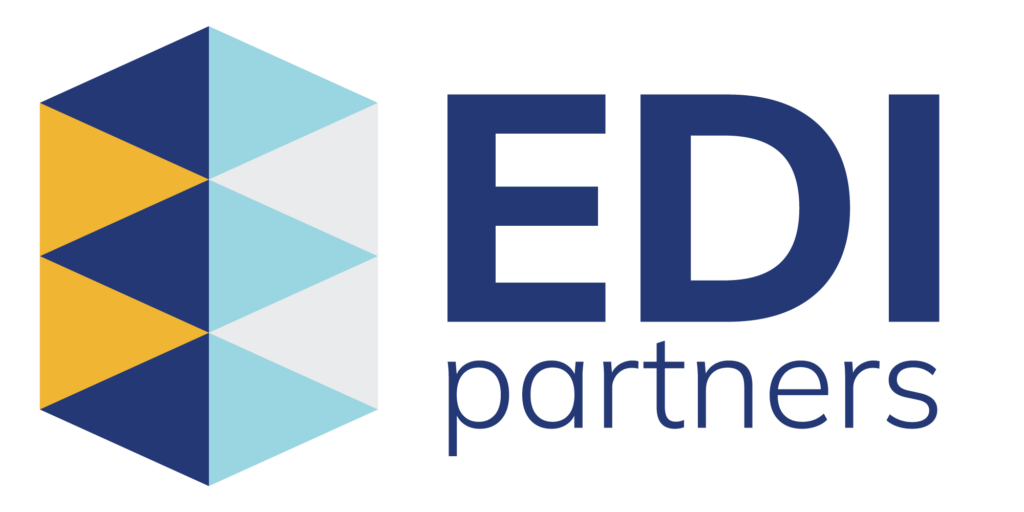If you are new to the world of Electronic Data Interchange (EDI), you might have already come across the term EDIFACT. It may sound technical and complicated, but don’t worry, it’s easier to understand than you think. In this blog, we will discuss what EDIFACT is, why it matters and how businesses across the globe rely on it every day.
What is EDIFACT?
EDIFACT stands for Electronic Data Interchange for Administration, Commerce and Transport. It is an international standard developed by the United Nations to help businesses and organizations exchange information electronically in a consistent way.
In simple terms, EDIFACT acts like a common language for businesses. Instead of sending information in different formats that may confuse the receiver, it ensures that all data follows the same structure. This makes communication faster, smoother and less prone to errors.
Why Was EDIFACT Created?
Before EDIFACT, companies around the world used different formats to share important business documents like invoices, purchase orders and shipping notices. This created confusion, delays and sometimes even financial losses.
To solve this, the United Nations introduced EDIFACT in the 1980s. The goal was to provide a universal standard that any company, regardless of country or industry, could use.
Today, it is recognized and widely used across industries such as logistics, retail, automotive, healthcare and manufacturing.
How Does EDIFACT Work?
You can say it works as a translator. It converts business data into a structured format that both the sender and receiver can understand, even if they use different systems.
Here’s a simple example:
- A retailer wants to order 1,000 units of a product from a supplier.
- Instead of sending a paper order or a random digital file, the retailer uses it to create a standardized electronic purchase order.
- The supplier receives the order instantly, in a format their system can automatically read and process.
This eliminates manual work, reduces mistakes and speeds up the entire supply chain process.
Key Benefits of EDIFACT
- Global Standardization: It is an international standard that helps companies communicate with partners worldwide without format issues.
- Time and Cost Savings: Automated exchange of documents reduces paperwork and speeds up transactions.
- Error Reduction: Standardized data reduces misunderstandings and mistakes in business communication.
- Improved Efficiency: Companies can process large volumes of transactions quickly and accurately.
- Industry Adaptability: It can be used in various industries, from shipping and trade to healthcare and finance.
Common Documents Shared Using EDIFACT
It covers hundreds of different business documents. Some of the most common ones include:
- ORDERS: Purchase orders
- INVOICE: Invoices
- DESADV: Despatch advice (shipping notice)
- PAYMUL: Multiple payment orders
- RECADV: Receiving advice
By using these standardized documents, companies ensure that all critical information is sent and received accurately.
Is EDIFACT Still Relevant Today?
You might wonder, with so many modern technologies available, is EDIFACT still in use? The answer is yes. In fact, it remains one of the most widely used EDI standards globally.
While newer formats like XML and JSON have gained popularity, many large industries, including automotive, retail and international shipping, still depend heavily on EDIFACT. This is because of its reliability, scalability and global acceptance.
Simplify Your EDI Journey?
At EDI Partners, we specialize in helping businesses like yours set up, manage and optimize EDI systems, including EDIFACT. Whether you’re just starting out or looking to improve your existing setup, our team can make the process simple and stress-free.
Get in touch with EDI Partners today and let’s streamline your business communication with the power of EDIFACT.
- Reducing Errors: Why Understanding EDI Document Types Matters - December 8, 2025
- EDI Implementation Guide for Small Businesses - December 4, 2025
- A Beginner’s Guide to EDI - November 24, 2025

